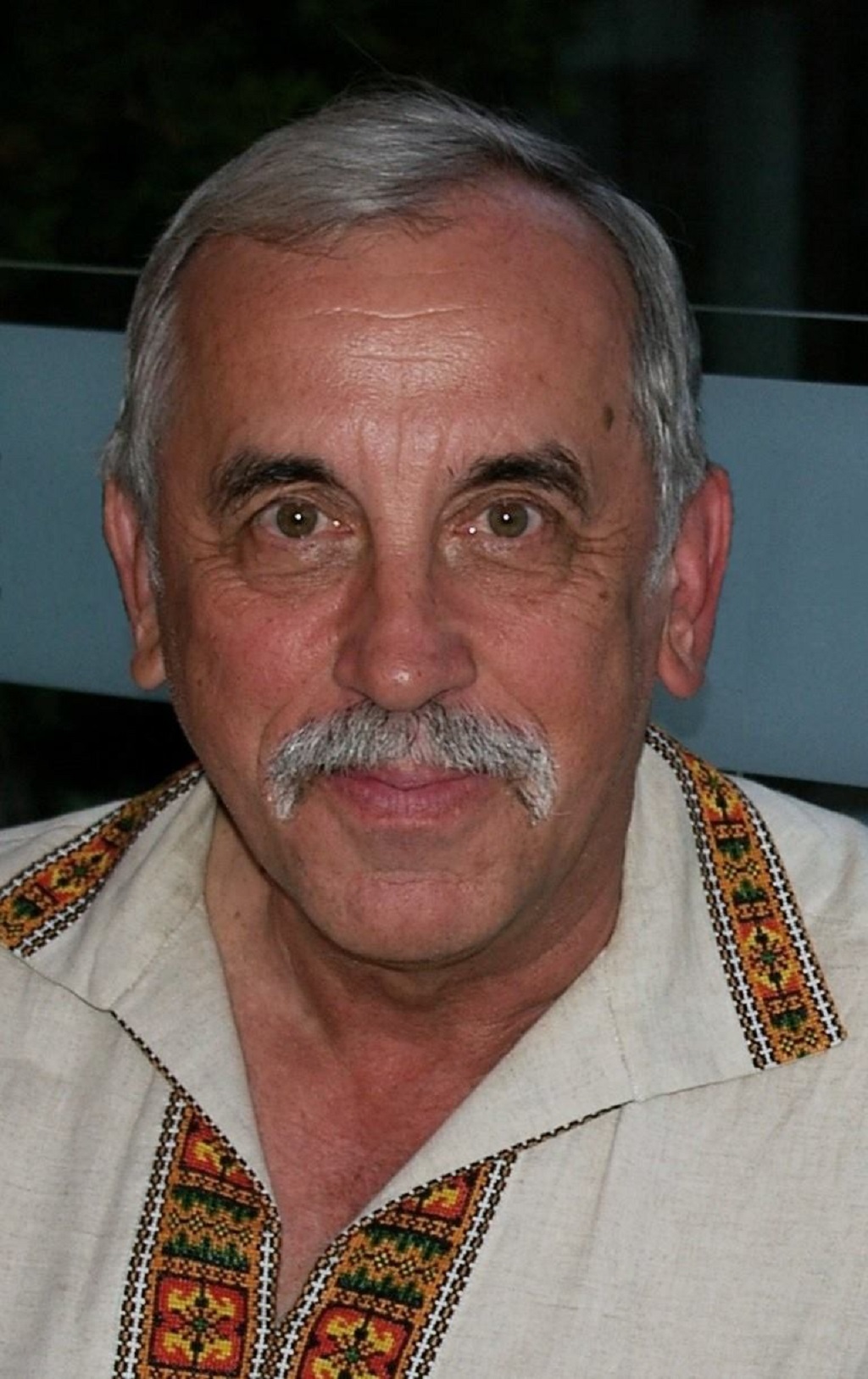Volodymyr Kish.
In 2015, after extensive hearings and research into the effects of the federal government’s residential school system on Canada’s indigenous peoples, the Truth and Reconciliation Commission published their findings. The conclusion was both blunt and unequivocal. The system, which had held sway for more than a century, amounted to nothing more than “cultural genocide”.
I finally got around to reading the summary final report of the Commission this past week, and though I was generally aware from previous media reports of its contents, reading the details still left me shocked and dismayed. How supposedly well meaning and intelligent people in both the government and several of the major Christian churches in Canada could have not only allowed but been active participants in such a travesty of human rights and basic morality, is hard to comprehend.
The impetus for the establishment of the residential school system arose shortly after Canada’s Confederation, when the Canadian government’s push to colonize and settle the vast expanses of Canadian virgin lands ran up against the indigenous people’s ancestral claims to the same territories. Numerous treaties were negotiated with the native tribes through which land rights were ceded to the Canadian government in return for various forms of compensation and promises of on-going material support. History was to show that future Canadian governments would fail abysmally in keeping up their end of the bargain. When the indigenous and Metis people dared to protest or complain, they were either ignored or brutally suppressed.
With the passing of the Indian Act in 1876 and subsequent amendments, the government embarked on a new strategy which “was to assimilate aboriginal people into broader Canadian society…at the end of this process, aboriginal people were expected to have ceased to exist as a distinct people with their own governments, cultures, and identities.” A keystone of this policy was the establishment of residential schools for indigenous children between the ages of seven and sixteen, usually located at great distances from their ancestral homes. These were run in partnership with the dominant established major churches in Canada at the time, primarily Roman Catholic, Anglican and United. As John A. MacDonald put it at the time – “When the school is on the reserve, the child lives with its parents, who are savages, and though he may learn to read and write, his habits and training mode of thought are Indian. He is simply a savage who can read and write. It has been strongly impressed upon myself, as head of the Department, that Indian children should be withdrawn as much as possible from the parental influence, and the only way to do that would be to put them in central training industrial schools where they will acquire the habits and modes of thought of white men.”
For the next century, more than 150,000 children would be uprooted from their homes and families and forced to live in inadequate institutional conditions where they were usually malnourished, provided with minimal health care, banned from using their native languages or engaging in their cultural practices, forced to do strenuous child labour, and often physically or sexually abused. An estimated 6,000 of them died in the process. The experience inflicted cultural, social and psychological trauma that has lasted to this day in the form of dysfunctional families and societies, high rates of alcoholism and crime, and a grievous loss of cultural and traditional continuity.
As I read this sad narrative, it dawned on me that there were many parallels between this experience, and one closer to my own heritage. For many centuries, a powerful imperial conqueror, namely Russia, had tried to do something similar to the natives in the many lands they conquered. For centuries, the ruling Muscovites had brutally attempted to stamp our local languages and cultures and assimilate the native peoples into a greater Russia. They viewed themselves as a superior race and it was their mission to bring Russian civilization to the savages inhabiting the lands they occupied.
In Ukraine, there is a long history of laws and edicts starting with Tsar Peter I, outlawing the use, teaching or printing of books in the Ukrainian language. Ukrainian cultural practices and traditions were officially suppressed. During Stalin’s brutal and repressive reign, engaging in such “nationalistic” expression could get you shot or imprisoned in the Siberian gulags. Children at that time were forced to join the Communist Komsomol youth groups, where they were indoctrinated into the Communist mind set and taught to reject any “nationalistic” values or traditions from their Ukrainian heritage. As with the damage caused to succeeding generations of Canadian indigenous people, the effects of the Russian version of cultural genocide are still being felt today on succeeding generations of Ukrainians.
The notion of cultural or racial superiority has done incalculable damage throughout the course of human history. It saddens me that there are still many people and even nations that continue to believe in such concepts. Will we ever get serious and learn the appropriate lessons from such historical mistakes?
Share on Social Media




































